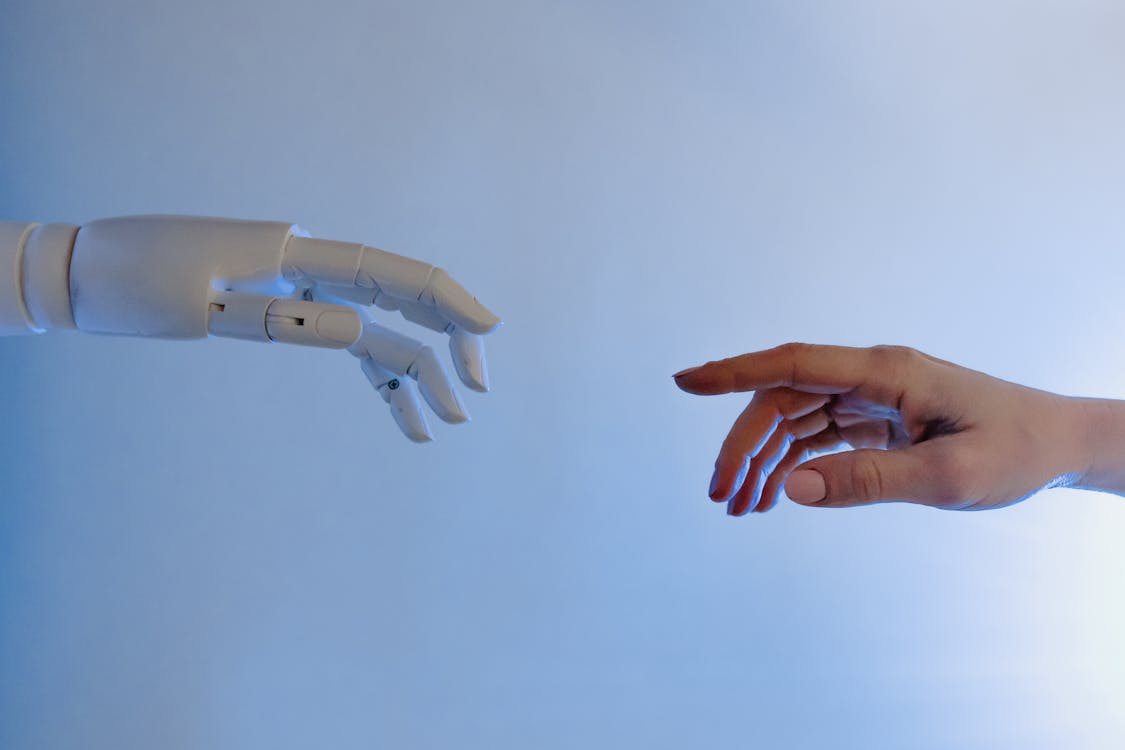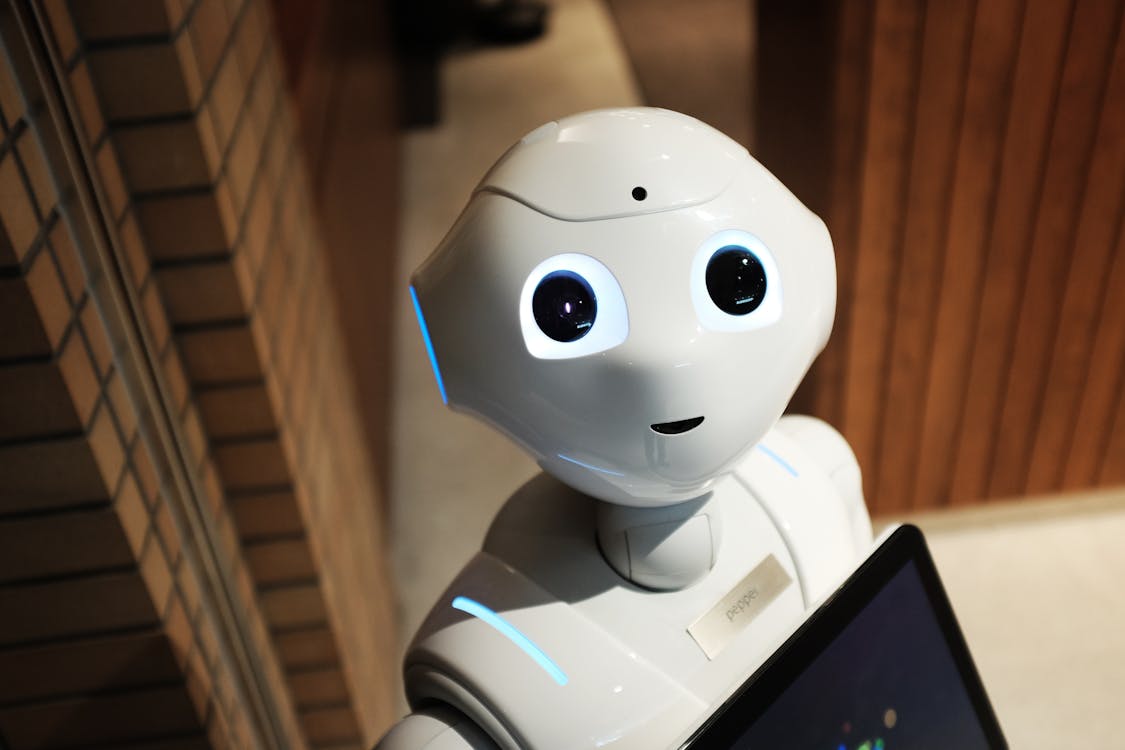The Future of Business Automation: Beyond Basic Tasks

Business automation is rapidly evolving beyond simple task automation into intelligent systems that can handle complex processes, make decisions, and even predict future business needs. This shift represents the next frontier in digital transformation.
As we move toward 2026, the capabilities of business automation technologies are expanding dramatically, creating opportunities for organizations to reimagine how work gets done. At HiVergent AI, we're helping businesses implement these advanced automation solutions to stay ahead of the curve.
From Basic Automation to Intelligent Business Systems
Traditional automation focused primarily on streamlining repetitive, rule-based tasks. While still valuable, this approach captures only a fraction of automation's potential. The new generation of business automation incorporates:
- Cognitive Technologies that can understand, interpret, and learn from unstructured data
- Predictive Analytics that anticipate needs and potential issues before they arise
- Adaptive Workflows that can modify processes based on changing conditions
- Autonomous Decision-Making for complex business scenarios
These capabilities enable automation to extend beyond basic tasks into knowledge work, decision support, and even strategic planning.

Hybrid Intelligence: The Future of Work
Perhaps the most exciting development in business automation is the emergence of hybrid intelligence—systems that combine human expertise with artificial intelligence to achieve outcomes neither could accomplish alone.
Research from Thunderbit shows that businesses using hybrid intelligence systems achieve 25-45% productivity gains and 20-60% cost reductions, with mature deployments seeing returns beyond 500% in larger organizations.
In these hybrid systems:
- AI handles data processing, pattern recognition, and routine decision-making
- Humans provide creativity, ethical judgment, and contextual understanding
- The combination creates a feedback loop where each enhances the other's capabilities
"Hybrid intelligence represents the ideal balance—AI augmenting human capabilities rather than replacing them. Our most successful clients use automation to enhance their teams' effectiveness, not reduce headcount."
— Nathan Brown, Founder & CEO at HiVergent AI
Five Key Areas of Advanced Business Automation
1. Intelligent Document Processing
Traditional document automation focused on extracting data from structured forms. Today's intelligent document processing can:
- Understand and extract information from unstructured documents, including emails, contracts, and reports
- Recognize context and meaning, not just keywords
- Make decisions based on document content and business rules
- Continuously learn from human corrections and feedback
This technology is transforming contract management, compliance, and information governance across industries.
2. Conversational Business Process Management
The next generation of process automation uses natural language interfaces to make complex processes accessible to everyone in the organization.
ITIF's 2025 research confirms that AI-driven solutions can boost productivity by up to 3.4 percentage points annually for small businesses, with conversational interfaces being a key driver of adoption.
These systems allow employees to:
- Interact with business processes using everyday language
- Get real-time guidance on process execution
- Receive contextual information needed to make decisions
- Automate ad hoc processes without IT intervention
For example, a sales manager can say, "Show me all deals over $50,000 closing this quarter with a probability below 70%, and suggest actions to improve them"—and receive meaningful, actionable insights.
3. Predictive Operations
Beyond simply executing processes, advanced automation systems now predict operational issues before they occur:
- Forecasting capacity constraints or bottlenecks
- Predicting maintenance needs before equipment fails
- Identifying potential supply chain disruptions
- Recommending preemptive actions to maintain optimal operations
These capabilities shift businesses from reactive to proactive operations management, dramatically reducing downtime and operational disruptions.
4. Autonomous Decision Systems
Perhaps the most transformative aspect of advanced automation is its ability to make complex business decisions:
- Dynamic pricing adjustments based on multiple market factors
- Personalized customer experience decisions made in milliseconds
- Resource allocation optimized across competing priorities
- Risk assessment and mitigation in real-time
These systems operate within carefully designed parameters and oversight, but can dramatically accelerate business operations while improving consistency and reducing bias in decision-making.

5. Cross-functional Automation Orchestration
Traditional automation often created silos, with different systems handling finance, HR, operations, and customer service processes. Modern automation platforms break down these silos through:
- End-to-end process orchestration across departmental boundaries
- Unified data environments that eliminate information gaps
- Cross-functional analytics that illuminate system-wide patterns
- Centralized governance with distributed execution
This holistic approach unlocks value that remains hidden when automation is applied in isolation to individual business functions.
Implementing Advanced Automation Successfully
While the potential of these technologies is enormous, successful implementation requires a thoughtful approach:
- Start with business outcomes, not technology - Define the specific business results you want to achieve before selecting automation approaches
- Build for flexibility - Design systems that can evolve as your business and technology change
- Focus on human-machine collaboration - Create experiences that help employees work effectively with automation systems
- Develop automation governance - Establish clear policies for how automation decisions are made and monitored
- Invest in data quality - Recognize that intelligent automation is only as good as the data that powers it
Ready to explore advanced automation for your business?
Schedule a consultation to discover how intelligent automation can transform your operations.
Book a Discovery CallThe Human Element: Critical for Success
Despite advances in automation technology, the human element remains critical for success. Organizations that achieve the greatest benefits focus on:
- Reskilling employees to work alongside automation systems
- Creating clear roles and responsibilities for humans and machines
- Maintaining human oversight of automated decisions
- Fostering a culture that embraces technological change
The most successful automation initiatives treat technology as an enabler of human potential rather than a replacement for it.
Conclusion: Preparing for the Automated Future
The future of business automation extends far beyond basic task automation into systems that can reason, learn, and make complex decisions. Organizations that embrace these capabilities will gain significant advantages in efficiency, agility, and innovation.
At HiVergent AI, we're helping businesses navigate this transition with automation solutions that combine cutting-edge technology with practical business applications. Our approach focuses on creating sustainable value through the right combination of human and machine capabilities.
As automation technology continues to evolve, the question for most businesses is no longer whether to automate, but how to implement automation in ways that truly transform their operations and create competitive advantage.

Nathan Brown
Founder & CEO at HiVergent AI
Ready to advance your business automation?
Learn how our intelligent automation solutions can transform your business operations.
Book a Strategy SessionFrequently Asked Questions
What's the typical ROI timeline for business automation investments?
According to HYPEStudio's 2025 research, businesses typically see 200-500% ROI within 1-2 years, with simple process automation showing positive returns within 3-6 months and complex intelligent automation delivering full benefits within 6-12 months.
What percentage of businesses are already using automation?
Thunderbit's 2025 data shows that 60% of businesses are already using some form of automation, with top performers investing in continuous automation and hybrid intelligence rather than "replace-and-forget" models.
Why do 70% of automation projects fail, and how can businesses avoid this?
Most automation failures stem from non-technical issues: poor change management, lack of leadership buy-in, and insufficient user training. Success requires focusing on business outcomes first, building for flexibility, and investing in proper change management and employee training.
What's the difference between basic automation and intelligent automation?
Basic automation handles simple, rule-based tasks, while intelligent automation uses AI to make decisions, learn from data, and handle complex processes. Intelligent automation can adapt to new situations and continuously improve performance.
How long does it take to see ROI from business automation?
Most businesses see positive ROI within 3-6 months of implementing automation solutions. Simple process automation can show results immediately, while more complex intelligent automation typically delivers full benefits within 6-12 months.
What business processes are best candidates for automation?
High-volume, repetitive tasks with clear rules are ideal for automation. This includes data entry, invoice processing, customer onboarding, report generation, and appointment scheduling. Processes with high error rates or bottlenecks also benefit significantly.
Will automation replace human workers?
The goal of automation is to augment human capabilities, not replace workers. Automation handles routine tasks, freeing employees to focus on creative, strategic, and relationship-building activities that require human judgment and creativity.
How do you ensure automation systems remain secure?
Enterprise automation includes multiple security layers: encrypted data transmission, role-based access controls, audit trails, and compliance monitoring. Regular security updates and monitoring ensure systems remain protected against emerging threats.
Research & References
Automation & AI Research:
- Thunderbit - Automation Statistics 2025
- ITIF - AI Can Improve US Small Business Productivity
- HYPEStudio - AI Automation ROI 2025
Additional Reading:
Explore McKinsey's research on digital transformation and Gartner's reports on automation maturity for deeper insights into business automation strategy.
